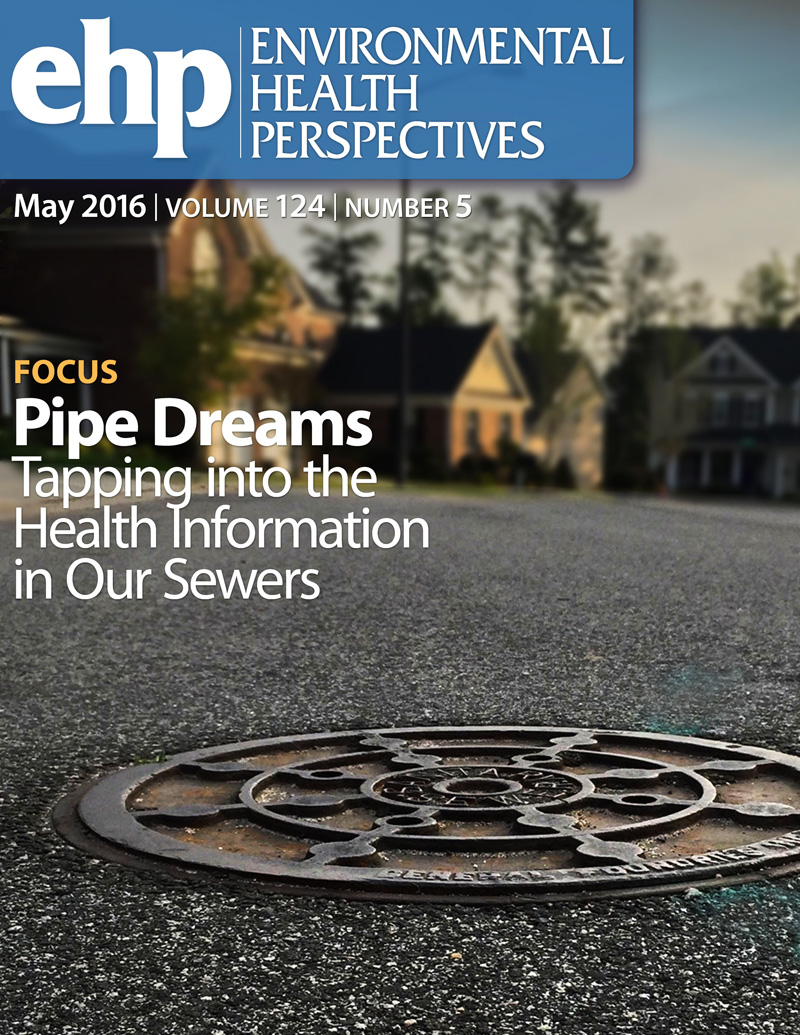Household fuel use and kidney disease-related mortality: the Golestan Cohort Study.
IF 9.8
1区 环境科学与生态学
Q1 ENVIRONMENTAL SCIENCES
引用次数: 0
Abstract
BACKGROUND A large proportion of global population use solid fuels for household purposes, and limited evidence from previous studies suggests that it might be associated with reduced renal function. OBJECTIVES To investigate the association between household use of different types of fuels and kidney disease-related mortality. METHODS We analyzed data from the Golestan Cohort Study, a population-based prospective cohort study conducted in northeastern Iran, with 50,045 individuals aged 40-75 years enrolled in the period 2004-2008 and followed through April 2023. Information on household fuel use was collected using validated questionnaires. We estimated adjusted hazards ratios (HRs) and corresponding 95% confidence intervals (CIs) using Cox proportional hazards models. The outcome of interest was death due to any kidney disease, excluding kidney cancer (ICD-10 codes: N00-N19, N25-N29). RESULTS During 724,063.62 person-years of follow-up, 262 participants died due to kidney disease. The risk of kidney disease-related mortality was higher with increasing duration of biomass use for cooking or house heating (HR for every 10-year increase: 1.20; 95% CI: 1.04-1.37), while it was not associated with increased duration of using kerosene (10-y HR: 1.09; 95% CI: 0.95-1.24), or gas (10-y HR: 1.00; 95% CI: 0.86-1.16). Estimates for lifetime duration of fuel burning for both cooking and house heating (exclusive fuel use) did not differ according to whether used heating stoves were chimney-equipped or not for kerosene, while they differed for biomass (10-y HR, chimney-equipped: 1.06 [95% CI: 0.95-1.18]; 10-y HR, not chimney-equipped: 1.19 [95% CI: 1.06-1.34]; Pdifference=0.025). DISCUSSION The findings of our study suggest that burning biomass for household purposes under poor ventilating conditions is associated with kidney disease-related mortality. https://doi.org/10.1289/EHP15629.家庭燃料使用和肾脏疾病相关死亡率:Golestan队列研究
背景:全球很大一部分人口将固体燃料用于家庭用途,先前研究的有限证据表明它可能与肾功能下降有关。目的探讨家庭使用不同类型燃料与肾脏疾病相关死亡率之间的关系。方法:我们分析了来自Golestan队列研究的数据,这是一项在伊朗东北部进行的基于人群的前瞻性队列研究,在2004-2008年期间招募了50,045名年龄在40-75岁之间的个体,并随访至2023年4月。使用有效的问卷收集了关于家庭燃料使用的信息。我们使用Cox比例风险模型估计调整后的风险比(hr)和相应的95%置信区间(CIs)。研究结果为任何肾脏疾病导致的死亡,不包括肾癌(ICD-10代码:N00-N19, N25-N29)。结果在724,063.62人-年的随访期间,262名参与者死于肾脏疾病。随着生物质用于烹饪或房屋供暖的持续时间的增加,肾脏疾病相关死亡率的风险更高(每10年增加的HR: 1.20;95% CI: 1.04-1.37),而与使用煤油持续时间的增加无关(10-y HR: 1.09;95% CI: 0.95-1.24)或气体(10-y HR: 1.00;95% ci: 0.86-1.16)。烹饪和房屋供暖(单独使用燃料)的燃料燃烧寿命估计值没有因使用的加热炉是否装有烟囱而有所不同,而对于生物质(10-y HR,装有烟囱:1.06 [95% CI: 0.95-1.18];未安装烟囱的10-y HR: 1.19 [95% CI: 1.06-1.34];Pdifference = 0.025)。我们的研究结果表明,在通风条件差的情况下为家庭目的燃烧生物质与肾脏疾病相关的死亡率有关。https://doi.org/10.1289/EHP15629。
本文章由计算机程序翻译,如有差异,请以英文原文为准。
求助全文
约1分钟内获得全文
求助全文
来源期刊

Environmental Health Perspectives
环境科学-公共卫生、环境卫生与职业卫生
CiteScore
14.40
自引率
2.90%
发文量
388
审稿时长
6 months
期刊介绍:
Environmental Health Perspectives (EHP) is a monthly peer-reviewed journal supported by the National Institute of Environmental Health Sciences, part of the National Institutes of Health under the U.S. Department of Health and Human Services. Its mission is to facilitate discussions on the connections between the environment and human health by publishing top-notch research and news. EHP ranks third in Public, Environmental, and Occupational Health, fourth in Toxicology, and fifth in Environmental Sciences.
 求助内容:
求助内容: 应助结果提醒方式:
应助结果提醒方式:


